Nationality British Role Astronomer Children Gavin Burnell | Name Jocelyn Burnell | |
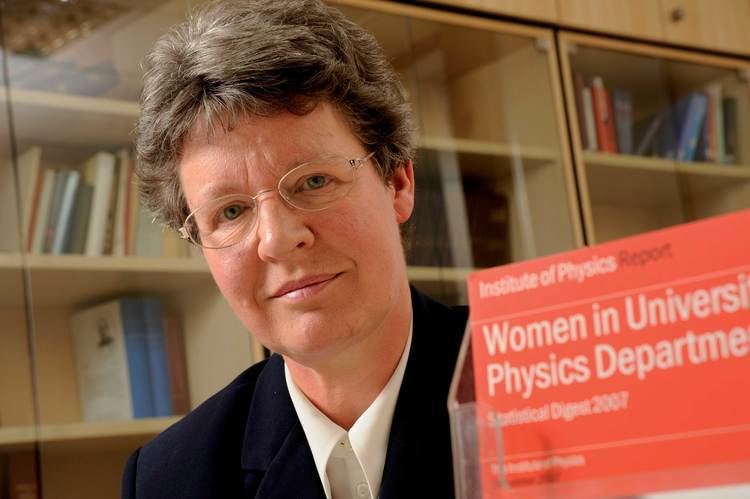 | ||
Institutions University of Cambridge, University of Glasgow, Open University, University of Oxford Alma mater University of Glasgow, New Hall, Cambridge Thesis The Measurement of radio source diameters using a diffraction method. (1968) Spouse Martin Burnell (m. 1968–1993) Parents G. Philip Bell, M. Allison Bell Similar People Antony Hewish, Martin Ryle, Rosalind Franklin, Lise Meitner, Chien‑Shiung Wu | ||
I Changed Astronomy Forever. He Won the Nobel Prize for It. | 'Almost Famous' by Op-Docs
Dame Susan Jocelyn Bell Burnell DBE FRS FRSE FRAS (born 15 July 1943) is a Northern Irish astrophysicist. As a postgraduate student, she discovered the first radio pulsars while studying and advised by her thesis supervisor Antony Hewish, for which Hewish shared the Nobel Prize in Physics with astronomer Martin Ryle. Bell Burnell was excluded, despite having been the first to observe and precisely analyse the pulsars.
Contents
- I Changed Astronomy Forever He Won the Nobel Prize for It Almost Famous by Op Docs
- We are made of star stuff jocelyn bell burnell
- Background
- Reflections on women in science diversity and discomfort jocelyn bell burnell
- Academic career
- Non academic life
- Quaker activities and beliefs
- Marriage
- Nobel Prize
- Awards
- Honours
- Selected works
- References
Bell Burnell was President of the Royal Astronomical Society from 2002 to 2004, president of the Institute of Physics from October 2008 until October 2010, and was interim president following the death of her successor, Marshall Stoneham, in early 2011. She was succeeded in October 2011 by Sir Peter Knight. Bell Burnell was elected as President of the Royal Society of Edinburgh in October 2014. In March 2013 she was elected Pro-Chancellor of the University of Dublin.
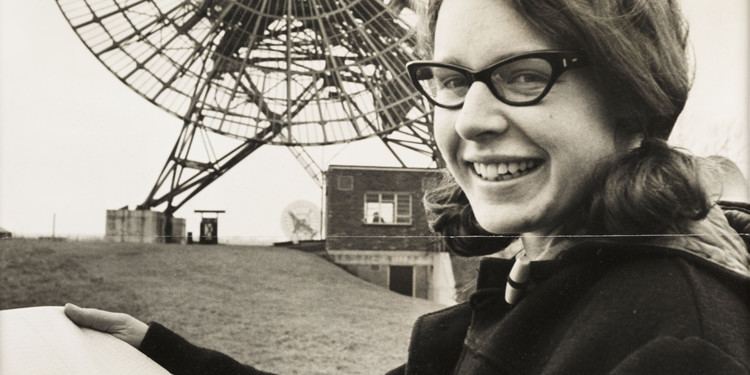
The paper announcing the discovery of pulsars had five authors. Hewish's name was listed first, Bell's second. Hewish was awarded the Nobel Prize, along with Martin Ryle, without the inclusion of Bell as a co-recipient. Many prominent astronomers criticised this omission, including Sir Fred Hoyle. The Royal Swedish Academy of Sciences, in their press release announcing the 1974 Nobel Prize in Physics, cited Ryle and Hewish for their pioneering work in radio-astrophysics, with particular mention of Ryle's work on aperture-synthesis technique, and Hewish's decisive role in the discovery of pulsars.
We are made of star stuff jocelyn bell burnell
Background
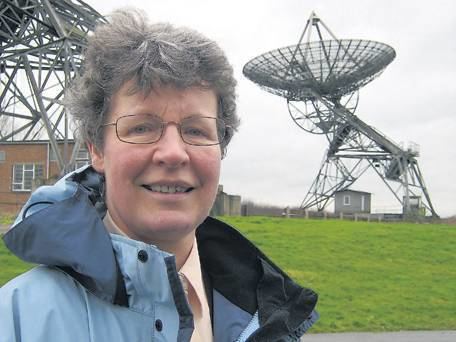
Susan Jocelyn Bell was born in Lurgan, County Armagh, Northern Ireland to M. Allison and G. Philip. Her father was an architect who had helped design the Armagh Planetarium, and young Jocelyn soon discovered his books on astronomy.
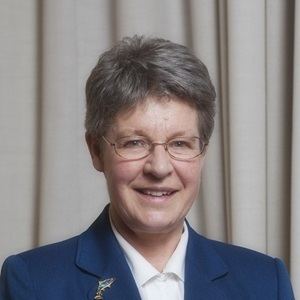
She grew up in Lurgan and attended Lurgan College, where she, like the other girls, was not permitted to study science until her parents (and others) protested against the school's policy. Previously, the girls' curriculum had included such subjects as cooking and cross-stitching rather than science.
She failed the eleven-plus exam and her parents sent her to the Mount School, York, a Quaker girls' boarding school. There she was favourably impressed by her physics teacher, Mr. Tillott, and stated:
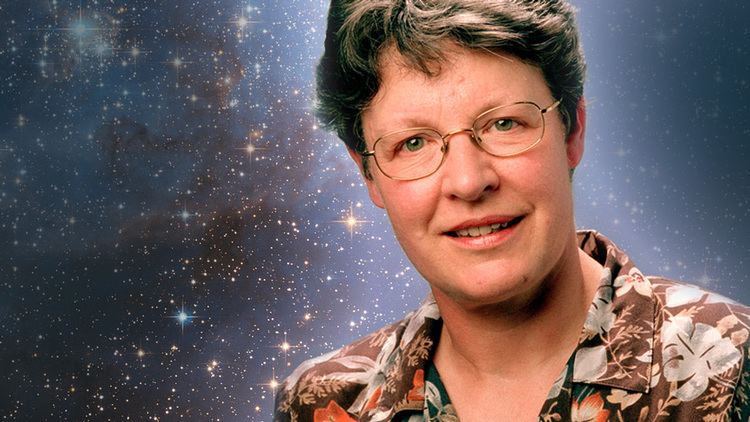
You don't have to learn lots and lots ... of facts; you just learn a few key things, and ... then you can apply and build and develop from those ... He was a really good teacher and showed me, actually, how easy physics was.
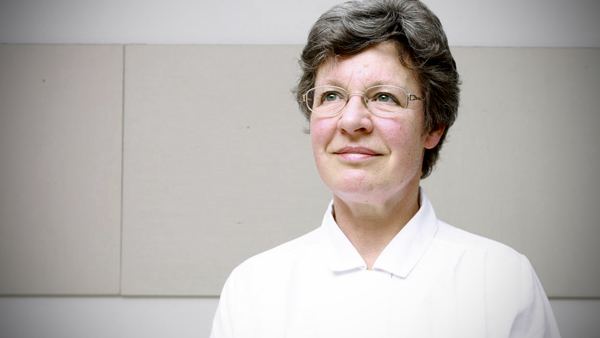
Bell Burnell was the subject of the first part of the BBC Four 3-part series Beautiful Minds, directed by Jacqui Farnham, in which her career and contributions to astronomy were explored.
Reflections on women in science diversity and discomfort jocelyn bell burnell
Academic career
She graduated from the University of Glasgow with a Bachelor of Science degree in Natural Philosophy (physics) in 1965 and obtained a PhD degree from the University of Cambridge in 1969. At Cambridge, she attended New Hall (now Murray Edwards College), and worked with Hewish and others to construct a radio telescope for using interplanetary scintillation to study quasars, which had recently been discovered (interplanetary scintillation allows compact sources to be distinguished from extended ones).
In July 1967, she detected a bit of "scruff" on her chart-recorder papers that tracked across the sky with the stars. She discovered that the signal was pulsing with great regularity, at a rate of about one pulse per second. Temporarily dubbed "Little Green Man 1" (LGM-1) the source (now known as PSR B1919+21) was identified after several years as a rapidly rotating neutron star. This was later documented by the BBC Horizon series
She worked at the University of Southampton (1968–73), University College London (1974–82) and the Royal Observatory, Edinburgh (1982–91). In addition, from 1973 to 1987, she was a tutor, consultant, examiner, and lecturer for the Open University. She was Professor of Physics in the Open University from 1991 to 2001. She was also a visiting professor in Princeton University in the United States and Dean of Science in the University of Bath (2001–04), and President of the Royal Astronomical Society between 2002 and 2004.
She is currently Visiting Professor of Astrophysics in the University of Oxford and a Fellow of Mansfield College. She was President of the Institute of Physics between 2008 and 2010.
Non-academic life
Bell Burnell is house patron of Burnell House at Cambridge House Grammar School in Ballymena. She has campaigned to improve the status and number of women in professional and academic posts in the fields of physics and astronomy.
Quaker activities and beliefs
From her school days, she has been an active Quaker and served as Clerk to the sessions of Britain Yearly Meeting in 1995, 1996 and 1997. She delivered a Swarthmore Lecture under the title Broken for life, at Yearly Meeting in Aberdeen on 1 August 1989, and was the plenary speaker at the US Friends General Conference Gathering in 2000.
She revealed her personal religious history and beliefs in an interview with Joan Bakewell in 2006.
She served on the Quaker Peace and Social Witness Testimonies Committee, which produced Engaging with the Quaker Testimonies: a Toolkit in February 2007. In 2013 she gave a James Backhouse Lecture which was published in a book entitled A Quaker Astronomer Reflects: Can a Scientist Also Be Religious?, in which Burnell reflects about how cosmological knowledge can be related to what the Bible, Quakerism or Christian faith states.
Marriage
In 1968, soon after her discovery, Bell married Martin Burnell; the couple divorced in 1993. Her husband was a government worker, and his career took them to various parts of England. She worked part-time for many years while raising her son, Gavin Burnell, who is a member of the condensed matter physics group at the University of Leeds.
Nobel Prize
The fact that Bell did not receive recognition in the 1974 Nobel Prize in Physics has been a point of controversy ever since. She helped build the four-acre radio telescope over two years and initially noticed the anomaly, sometimes reviewing as much as 96 feet of paper data per night. Bell later claimed that she had to be persistent in reporting the anomaly in the face of scepticism from Hewish, who was initially insistent that it was due to interference and man-made. She spoke of meetings held by Hewish and Ryle to which she was not invited. In 1977, Bell commented on the issue:
"demarcation disputes between supervisor and student are always difficult, probably impossible to resolve. Secondly, it is the supervisor who has the final responsibility for the success or failure of the project. We hear of cases where a supervisor blames his student for a failure, but we know that it is largely the fault of the supervisor. It seems only fair to me that he should benefit from the successes, too. Thirdly, I believe it would demean Nobel Prizes if they were awarded to research students, except in very exceptional cases, and I do not believe this is one of them. Finally, I am not myself upset about it – after all, I am in good company, am I not!"
Awards
She has also been awarded numerous honorary degrees, including:
Honours
In 1999, she was appointed Commander of the Order of the British Empire (CBE) for services to Astronomy and promoted to Dame Commander of the Order of the British Empire (DBE) in 2007.
In February 2013, she was assessed as one of the 100 most powerful women in the United Kingdom by Woman's Hour on BBC Radio 4.
In February 2014, she was made President of the Royal Society of Edinburgh, the first woman to hold that office.
Selected works
Books
